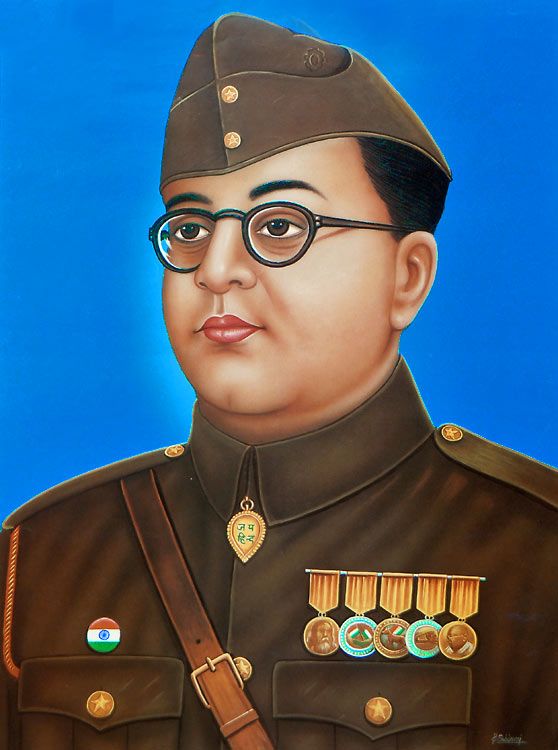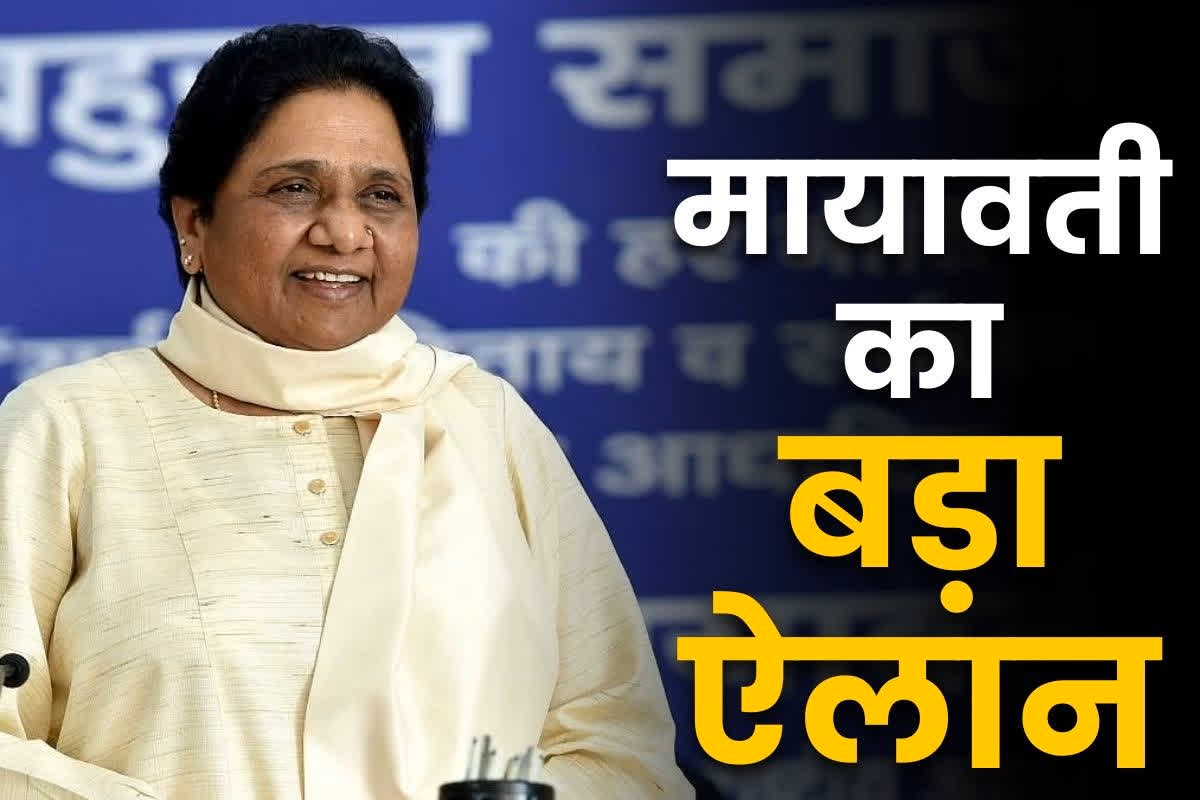While in Nazi Germany, Bose fell under the guidance of the newly established Special Bureau for India, overseen by Adam von Trott zu Solz. He and fellow Indians assembled in Berlin commenced regular broadcasts via the German-backed Azad Hind Radio, starting in January 1942. These broadcasts were conducted in English, Hindi, Bengali, Tamil, Telugu, Gujarati, and Pashto.
Activity in exile
Approximately a little over a year after the Japanese invasion of Southeast Asia, Bose departed from Germany, utilizing German and Japanese submarines as well as aircraft. He arrived in Tokyo in May 1943. Taking charge on July 4, he assumed leadership of the Indian Independence Movement in East Asia. Supported and influenced by the Japanese, Bose embarked on the formation of a trained army of approximately 40,000 troops within Japanese-occupied Southeast Asia. On October 21, 1943, he officially proclaimed the establishment of a provisional independent Indian government, coinciding with the creation of the Indian National Army (Azad Hind Fauj).
This force, alongside Japanese soldiers, advanced towards Rangoon (Yangon) and subsequently entered Indian territory on March 18, 1944, reaching Kohima and the plains of Imphal. Following a tenacious struggle, marked by the absence of Japanese aerial support, the combined Indian and Japanese forces faced defeat and were compelled to retreat. Nonetheless, the Indian National Army managed to retain its identity as a liberation force for a period, primarily based in Burma and subsequently in Indochina. However, with the downfall of Japan, Bose’s prospects came to an end. Just a few days after Japan’s announced surrender in August 1945, Bose reportedly met his demise while attempting to flee Southeast Asia. It is said that he succumbed to burn injuries sustained in a plane crash at a Japanese hospital in Taiwan.
Subhash Chandra Bose Escape from India
In 1941, Subhash Chandra Bose managed to elude house arrest and departed India in a clever disguise. Notably, he even had a meeting with Adolf Hitler and gained support from Nazi Germany. Setting up the Free India Center in Berlin, Bose proceeded to enlist Indian prisoners of war (POWs) who had formerly fought for the British in North Africa and had been captured by Axis forces. This effort led to the formation of the Indian Legion, which comprised around 4500 soldiers.
In 1942, both the Indian Legion soldiers and representatives of the Special Bureau for India in Berlin bestowed upon Bose the honorary title of Netaji. During the peak of World War II, Nazi Germany was experiencing setbacks in the western front between 1942 and 1943, while Japanese forces were rapidly advancing in the eastern theater. Concurrently, India was grappling with the Bengal Famine and the fervent Quit India campaign. Following his struggles in Germany and amidst these complex global dynamics, Subhash Chandra Bose departed for Japan in 1943.
Subhash Chandra Bose Jayanti
The 23rd of January witnesses the celebration of Subhash Chandra Bose Jayanti, a commemoration of his significant contributions to the building of the nation. Born on this day in Cuttack, Odisha, Subhash Chandra Bose’s legacy is honored. Designated as ‘Parakram Diwas,’ this day serves as an occasion to celebrate and internalize the qualities of bravery and valor that Subhash Chandra Bose exemplified throughout his lifetime. Notably, it was on this same day in the previous year that a majestic statue of Netaji was inaugurated by the Prime Minister of India at Kartavya Path. Schools, educators, government officials, and political figures, spanning across party lines, all come together to pay their respects to Netaji on this significant day.
Death of Netaji Subhash Chandra Bose
Subhash Chandra Bose died on August 18, 1945, in a plane crash the INA forces were being captured or surrendered and he was en route to Tokyo through Taiwan. On August 18, 1945, Subhash Chandra Bose reportedly perished in an aeroplane collision over Taipeh, Taiwan (Formosa). There isn’t a lot of information available, despite the widespread belief that he survived the plane disaster.





 Download App
Download App











